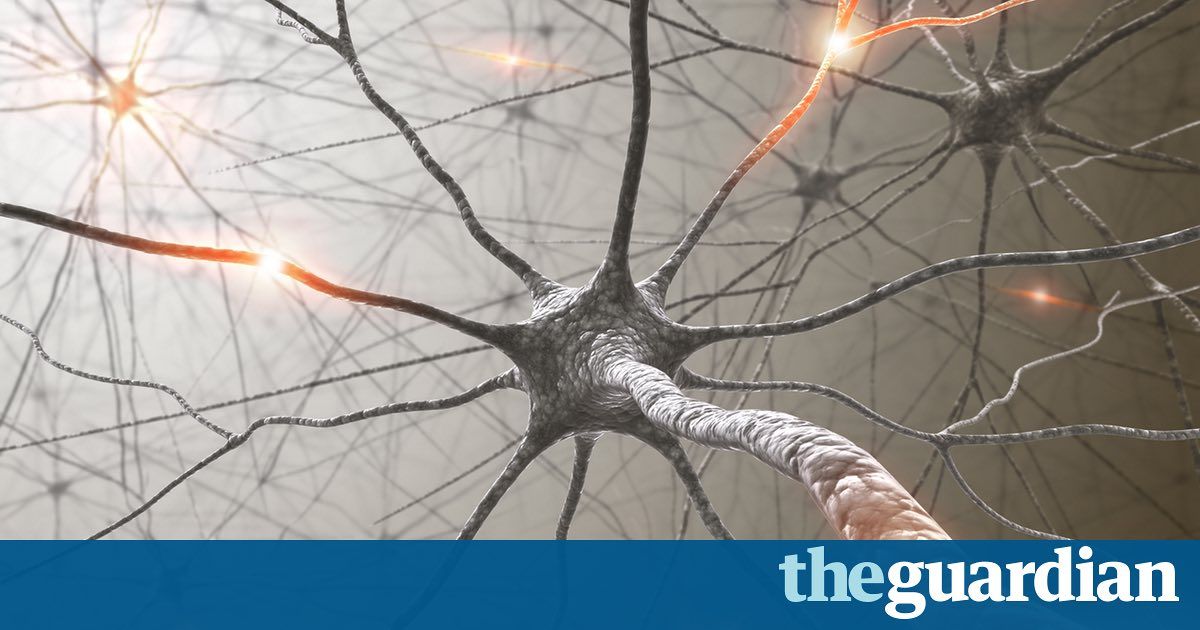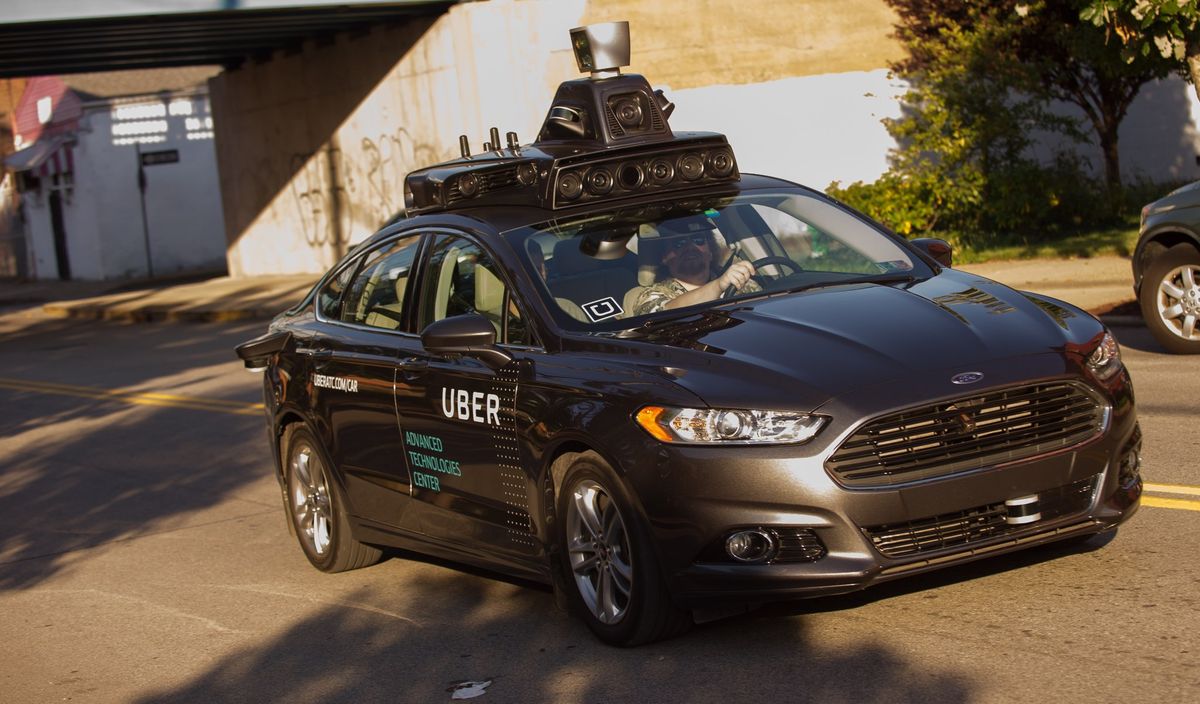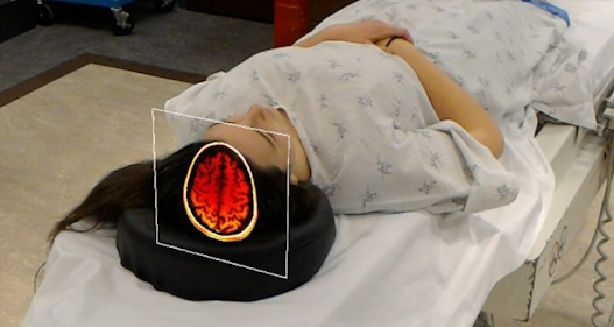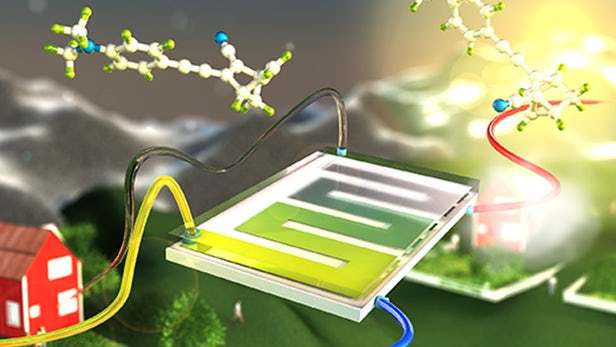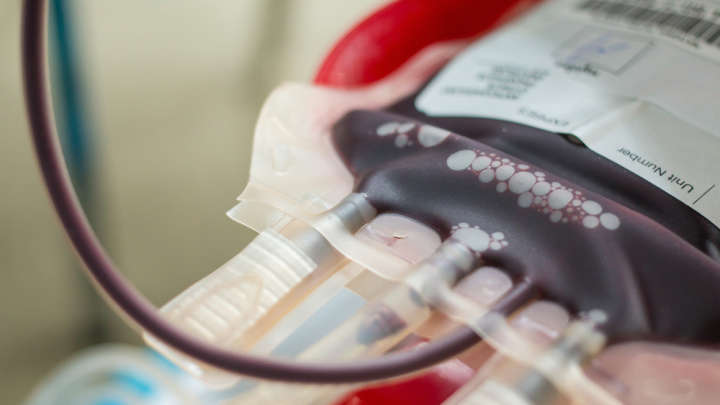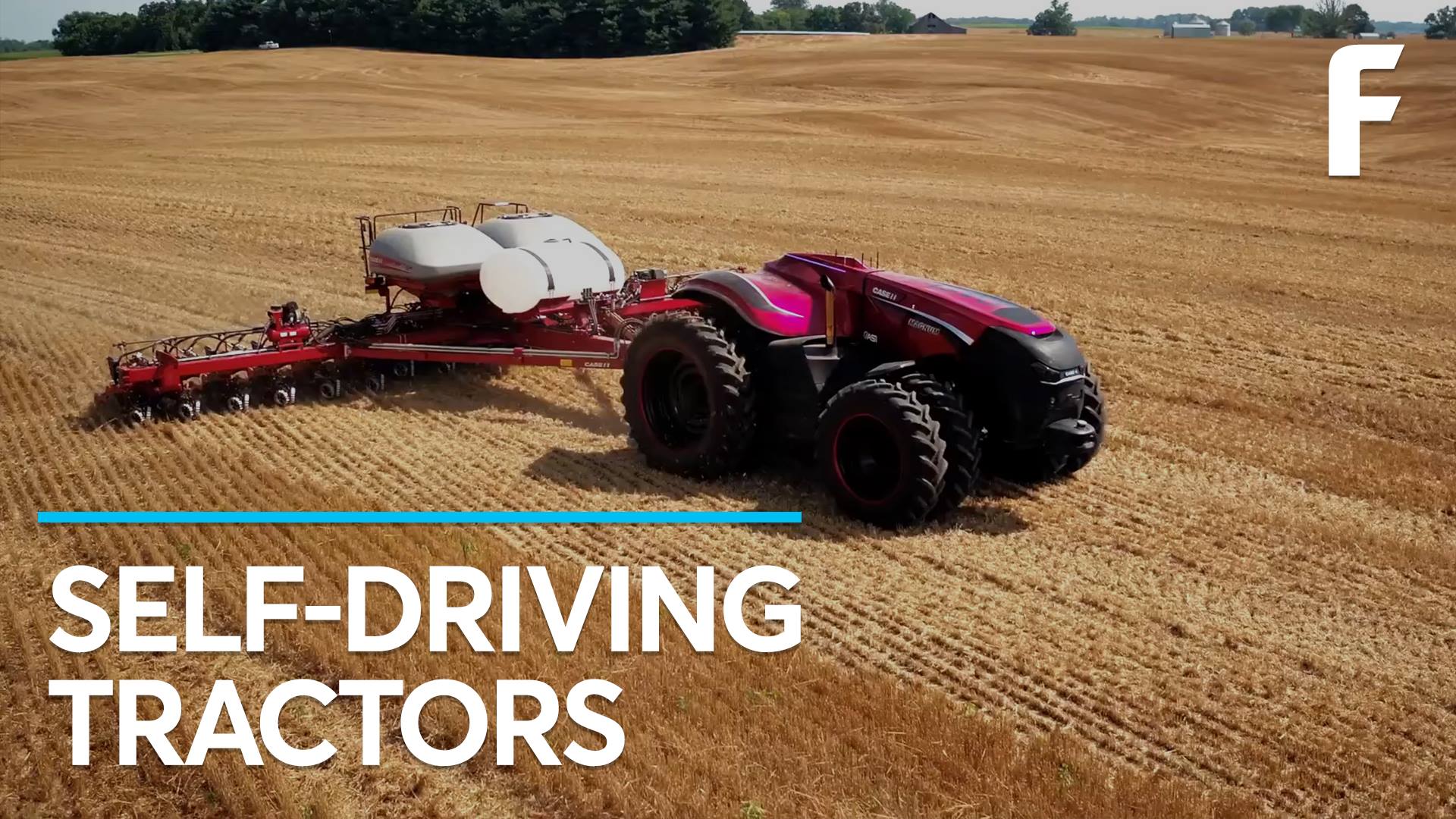Page 10779
Mar 26, 2017
Uber to Suspend Autonomous Tests After Arizona Accident
Posted by Alireza Mokri in categories: robotics/AI, transportation
Uber Technologies Inc. is suspending its self-driving car program after one of its autonomous vehicles was involved in a high-impact crash in Tempe, Arizona, the latest incident for a company reeling from multiple crises.
Mar 26, 2017
This chart illustrates how AI is exploding at Google
Posted by Alireza Mokri in category: robotics/AI
Surging investment in machine learning is vaulting Google into the scientific stratosphere.
Mar 26, 2017
NASA taking first steps toward high-speed space internet
Posted by Klaus Baldauf in categories: internet, space travel
The Laser Communications Relay Demonstration (LCRD) will help NASA understand the best ways to operate laser communications systems. They could enable much higher data rates for connections between spacecraft and Earth, such as scientific data downlink and astronaut communications.
“LCRD is the next step in implementing NASA’s vision of using optical communications for both near-Earth and deep space missions,” said Steve Jurczyk, associate administrator of NASA’s Space Technology Mission Directorate, which leads the LCRD project. “This technology has the potential to revolutionize space communications, and we are excited to partner with the Human Exploration and Operations Mission Directorate’s Space Communications and Navigation program office, MIT Lincoln Labs and the U.S. Air Force on this effort.”
Laser communications, also known as optical communications, encodes data onto a beam of light, which is then transmitted between spacecraft and eventually to Earth terminals. This technology offers data rates that are 10 to 100 times better than current radio-frequency (RF) communications systems.
Continue reading “NASA taking first steps toward high-speed space internet” »
Mar 26, 2017
Keynote speaker Jim Mellon about “Investing in Longevity”
Posted by Brett Gallie II in category: life extension

Looking forward to Jim Mellon’s new book “Juvenescence- Investing in the Age of Longevity” announced at Master Investor Show in London yesterday…
Mar 25, 2017
Provo doctors use hologram imaging to change the way surgeons operate
Posted by Klaus Baldauf in categories: augmented reality, biotech/medical, holograms
Two Provo doctors are using Microsoft’s HoloLens with advanced medical imaging to create holograms of MRIs and X-rays, and they’re certain this will change the way surgeons operate.
Mar 25, 2017
Liquid energy storage system gets the “MOST” out of the Sun
Posted by Klaus Baldauf in categories: nuclear energy, solar power, sustainability
Solar power is potentially the greatest single energy source outside of controlled nuclear fusion, but the Sun is literally a fair weather source that relies on daytime and clear skies. To make solar energy a reliable, 24-hour source of energy, a team of scientists at Sweden’s Chalmers University of Technology in Gothenburg is developing a liquid energy storage medium that can not only release energy from the Sun on demand, but is also transportable.
The Chalmers team has been working on variants of its system, called a MOlecular Solar Thermal (MOST), for over six years, with a conceptual demonstration in 2013. It differs from other attempts to store solar energy in things like heated salts and reversing exothermic reactions in that the MOST system stores the energy directly in the bonds of an organic chemical.
Join more than 500 New Atlas Plus subscribers who read our newsletter and website without ads.
Mar 25, 2017
Major Breakthrough Could Enable Mass Produced Artificial Blood
Posted by Bryan Gatton in categories: biotech/medical, innovation
Every minute in the United States, 30 people require a blood transfusion. That equates to a lot of blood, and the problem is that not enough people donate. This bottleneck has long been an issue for medicine, and so many have been trying to find a way to artificially create large volumes to meet this demand.
A team of researchers from the University of Bristol and NHS Blood and Transplant may have finally cracked it. They’ve made a major breakthrough in the process of mass producing red blood cells, in what could technically be an unlimited supply of the stuff. While they now have a biological way of achieving this, they now need the manufacturing technology on a large enough scale in order to mass produce it.
Scientists have been able to create artificial blood before, but these earlier methods have been incredibly inefficient. They worked by taking stem cells, and then directly inducing them to form red blood cells. By doing this, they could create maybe 50,000 cells in one go, far short of the trillions typically needed for a blood transfusion.
Continue reading “Major Breakthrough Could Enable Mass Produced Artificial Blood” »
Mar 25, 2017
Farmers of the Future Will Sit Behind Screens
Posted by Bryan Gatton in categories: food, robotics/AI, transportation
Mar 25, 2017
Photon Rockets Might Make Mars A Three Minute Trip
Posted by Bruce Dorminey in category: space travel
Professor says all spacecraft have an ultimate speed limit just below that of light. Let’s hope he’s wrong.
Hypothetical photon rocket drives might one day dramatically shrink interplanetary travel times.
